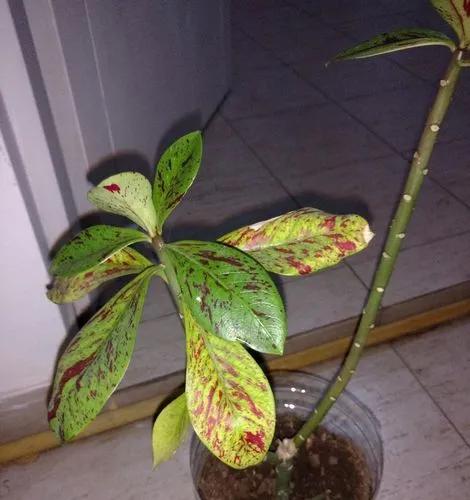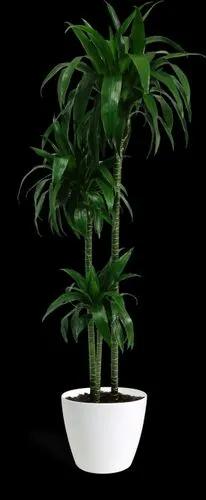Adansonia za is a large thick-stemmed (pachycaul) deciduous tree, about 10–40 metres (33–131 ft) tall and about 6 metres (20 ft) in diameter. The trunk and branches have a brownish-rose colored hue. The tree is widest at the base, narrowing noticeably towards the top of the tree.Leaves are palmately lobed with 5 to 8 lobes per leaf. They are 5–10 centimetres (2.0–3.9 in) long and 1.5–2.5 centimetres (0.59–0.98 in) wide, but often bigger in trees in the northern part of the range, where the leaves can be up to 20 centimetres (7.9 in) long.[6] The leaf margin is entire (without teeth).
Baobab For Care
Adansonia Za



The flower buds are long green cylinders which can resemble oversized beans and could be mistaken for a fruit. Flowers open with or soon after the leaves emerge at the beginning of the wet season. The bud opens with the curling back of the outside layer of the flower bud, revealing yellow and red petals with long, yellowish stamens. The corolla is 15–20 centimetres (5.9–7.9 in) long and 1.2–1.5 centimetres (0.47–0.59 in) wide. Petals are 10–20 centimetres (3.9–7.9 in) long and 1.2–1.5 centimetres (0.47–0.59 in) wide. The flowers are musty-sweet scented. Flowering period extends from November to February. Flowers are usually pollinated by moths of the family Sphingidae including Coelonia solani, Coelonia brevis and Coelonia mauritii Fruits are usually ovoid and 10–30 centimetres (3.9–11.8 in) long by 06–16 centimetres (2.4–6.3 in) wide.[ They have a blackish, tough, thick outer shell (pericarp). They contain kidney-shaped, laterally-flattened seeds. The seeds have an oil content of 11 percent. In southern populations, the fruits have a markedly thickened peduncle, but this feature is less prominent in northern populations.[
How to Care for the Plant

Popularity

15 people already have this plant 3 people have added this plant to their wishlists
Discover more plants with the list below
Popular articles





